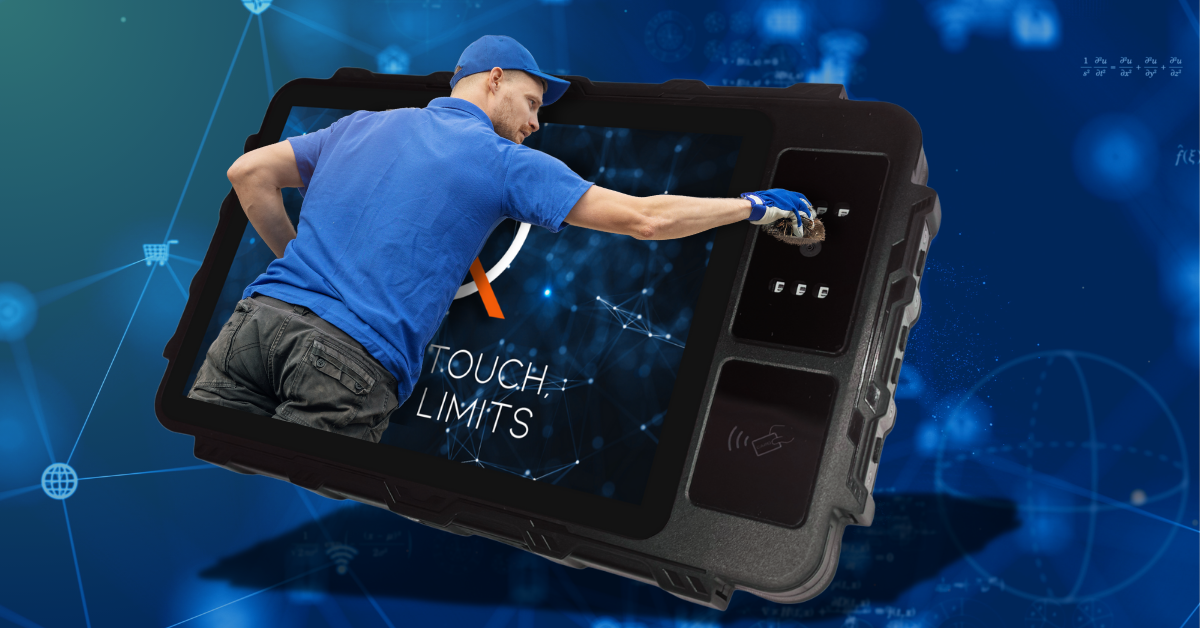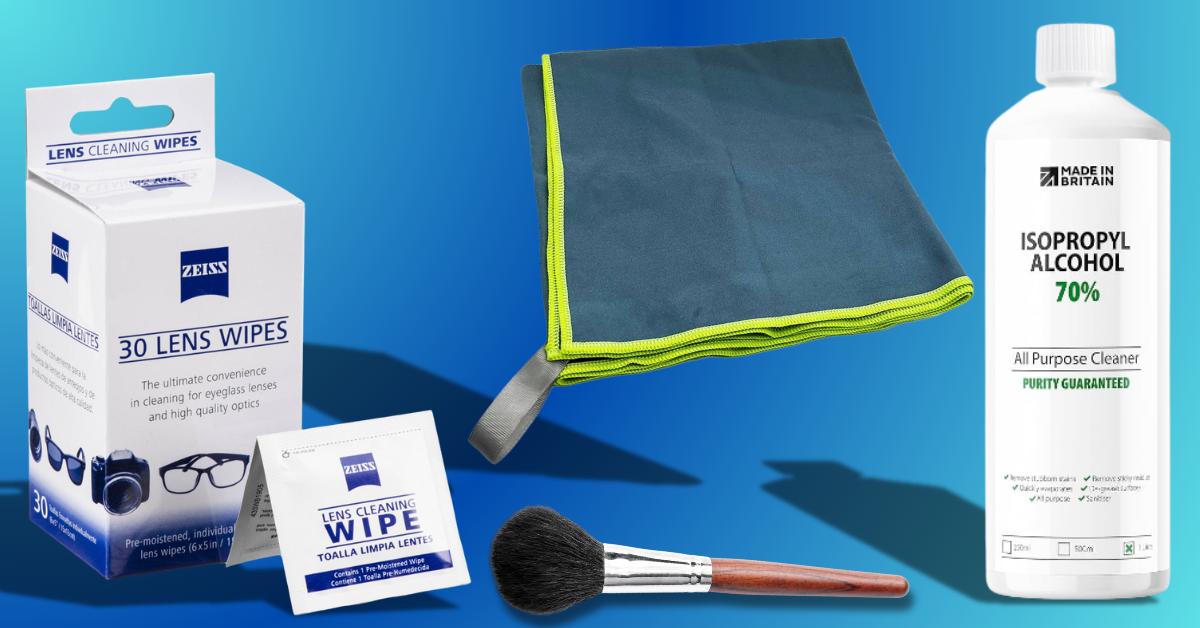Categories
Biometric devices, whether for fingerprint, facial, or palm vein recognition, can get finicky if dirt or smudges build up. I once had a fingerprint scanner at work fail on me because of some leftover hand lotion—talk about frustrating! That’s why cleaning biometric sensors is so important, not just for accuracy but also to keep things running smoothly in homes, offices, or public spaces.
Plus, with 81% of Americans worried about biometric privacy, according to a 2023 Pew survey, a well-maintained device helps build trust by showing you care. Let’s walk through how I’ve learned to handle cleaning your biometric sensors the easy way, using stuff you probably already have at home.

First things first, let’s gather what you need for cleaning biometric sensors. I always keep a microfiber cloth handy—the kind you use for glasses or screens—because it’s super gentle and doesn’t scratch. I’ve also found glasses lens wipes to be a lifesaver when I’m in a rush; they’re pre-moistened and safe for delicate surfaces.
For tougher spots, I grab some distilled water and a lint-free cloth from the pharmacy, but I steer clear of harsh stuff like bleach that can ruin the sensor. Oh, and a soft brush—like an old makeup brush I repurposed—works wonders for dusting off facial or palm vein sensors. Having these ready makes the process a breeze.

Before I start cleaning your biometric sensors, I always power down the device—it’s a habit I picked up after accidentally triggering a scanner once! It keeps things safe and prevents any damage. Then I take a close look at the sensor: fingerprint areas often have oily marks, facial cameras might have smudges (especially if I’ve touched the lens), and palm vein readers can collect dust if they’re near a window.
I also check for scratches—if it’s damaged, I’d rather call a pro than risk making it worse. This step helps me see what I’m dealing with and plan my cleaning approach.
Unplug or turn off the device to avoid any mishaps.
Look for scratches or cracks that might need professional attention.
Oily residue on fingerprint scanners from daily use.
Smudges on facial lenses or dust on palm vein sensors.
Now, let’s get to cleaning biometric sensors with a gentle touch—I’ve learned the hard way that being too rough can mess things up. I grab my microfiber cloth and wipe in soft, circular motions, whether it’s the fingerprint pad, the facial camera lens, or the palm vein reader.
If there’s a light smudge—such as fingerprints etc.—I use a glasses lens wipe, wiping gently to lift it off without pressing too hard. This simple method keeps biometric sensors clean for everyday use, and it’s so satisfying to see them looking spotless again.
Use circular motions with a microfiber cloth to clear dust.
Pay extra attention to the sensor edges where dirt hides.
Dab with a glasses lens wipe for smudges on palm vein lenses.
Go easy to avoid damaging the sensor’s coating.
Sometimes, gentle wiping isn’t enough—like the time I had sticky residue on my phone’s fingerprint scanner after a long day. For those tough spots, I turn to distilled water to get things done while keeping biometric sensors clean.
I dampen a lint-free cloth with distilled water—just a little, never soaking it—and wipe in one direction across the sensor, whether it’s a fingerprint pad or a facial camera lens. For palm vein readers, I’m extra careful, using the water sparingly and wiping dry with a microfiber cloth right after. I let it air dry for a minute or two to make sure no moisture lingers before turning it back on.
Lightly dampen the cloth, avoiding drips that could seep in.
Wipe fingerprint sensors gently to remove oil without overdoing it.
Let facial lenses air dry for a minute after cleaning.
Double-check palm vein sensors are dry for accurate readings.
I’ve found that a little routine goes a long way for cleaning biometric sensors over time. I wipe down my home sensors weekly with a microfiber cloth or glasses wipe—it takes just a minute and prevents buildup. In busier spots, like a shared fingerprint scanner at the office, I’d do it daily to keep up with the traffic.
Once a month, I use a soft brush to dust off the edges, especially for palm vein readers that catch dust easily. I keep my cleaning supplies in a drawer nearby, and I’ve even shown my coworkers how to do it so we’re all on the same page. It’s a small effort that keeps things running smoothly.
Weekly microfiber wipe at home; daily in busy public areas.
Monthly brush for dust on outdoor or high-use sensors.
Show others how to clean gently to avoid damage.
Keep a quick guide handy for anyone using the device.
From my own experience, cleaning your biometric sensors for fingerprint, facial, or palm vein recognition keeps them working like a charm and makes users feel more at ease. Whether you’re using a microfiber cloth, glasses lens wipes, or a bit of distilled water, these steps for cleaning biometric sensors are simple and effective.
Drawing from what I’ve learned about usability and environmental impacts, this approach and a regular maintenance schedule ensures your devices stay reliable and trusted in 2025—I’ve seen the difference it makes firsthand!